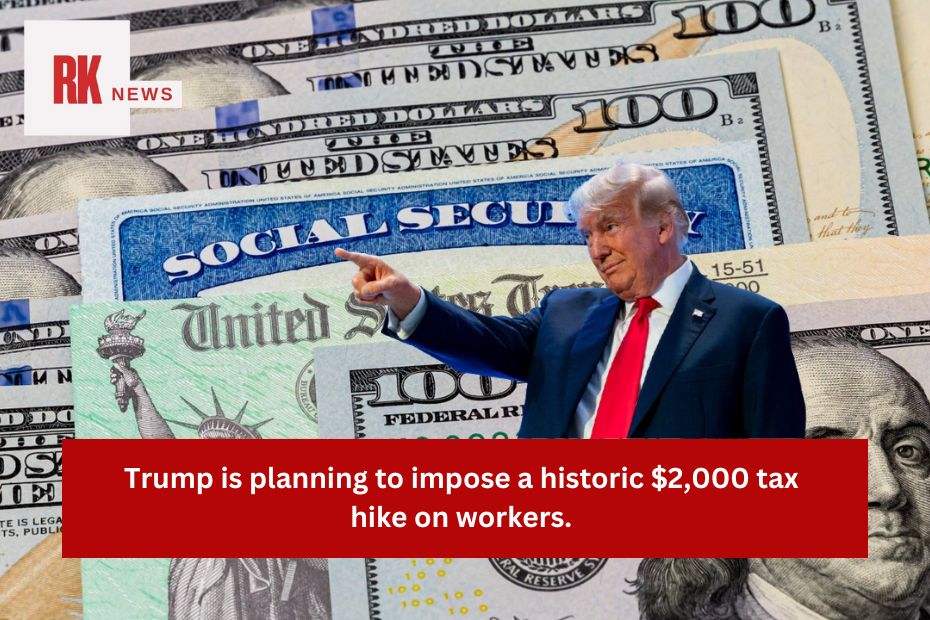Donald Trump is ready to unleash the biggest tax increase Americans have ever seen, and the waiting is practically over. Trump’s taxes on imports (tariffs) from China, Mexico, and Canada will cost Americans somewhere between $260 billion year or roughly $2,000 a household.
Unlike tax hikes implemented by Clinton and Obama, this is significantly more than any tax rise we have seen in the past half-century; it will mostly affect poor and middle-income homes. Their tax hikes mostly affect the wealthiest 1% percent, which is why the media paid them so much more attention.
What our reality TV show president intends to achieve with these tax increases is not obvious. His declared motives seem somewhat illogical. Already working with the United States on the problems he is raising, Canada, Mexico, and China fentanyl and illegal immigrants from Canada are hardly seen here.
Should Trump fail to identify significant budget cutbacks, he will be forced to hike other taxes in order to avoid significantly widening the debt with his tax cuts for the Elon Musk population. This is the most clear-cut theory for Trump imposing such large import fees on us.
After a deal with Biden last summer, Mexico drastically cut the illegal immigrant flow. We can try to cut the flow even more, but most likely negotiations would be more effective than taxing American homes heavily.
China has also helped to cut the flow of precursor chemicals used in fentanyl manufacture. Here also were most likely better opportunities for more cuts via a route of discussions instead of Donald Trump’s large tax hikes.
Furthermore unlike Canada and Mexico, China’s economy is not very reliant on US commerce. Exports from China to the United States account for less than 2.5% of GDP. Should Donald Trump’s taxes cut that by half, it could appear as though export to other nations (such as Canada or Mexico) or boost domestic demand.
It appears improbable that Donald Trump’s declared justifications for his tax hike are his real ones. As was clearly the case under Biden, levies on imports can be utilized as part of an industrial plan to build up important sectors. Along with solar and wind energy and electric vehicles, his taxes were meant to support the innovative semi-conductor sector.
Trump’s policies, however, do not show any indication of an industrial strategy. He is in fact purposefully undermining the sectors Biden aimed to support.
In Washington, there is an old adage that says, “Look at what they do, not what they say, if you want to understand politicians.” Regarding it, there is no uncertainty. Donald Trump is levying large new taxes, and he is doing it without congressional authorization.
He has not hidden his desire to lower rich tax rates. Although Elon Musk and DOGE lads have presented a good show with the chain seen and breaking into several government organizations, the savings they can really find are not that significant.
Should Trump fail to identify significant budget cuts, he will be forced to hike other taxes in order to avoid significantly widening the debt with his tax cuts for the Elon Musk audience. This is the most clear-cut reason Trump is imposing massive import fees on us. Pretending he’s cracking down on fentanyl and illegal immigration sounds far better than implying he’s whacking average workers with a sizable tax rise. That is what Donald Trump is doing, though.
